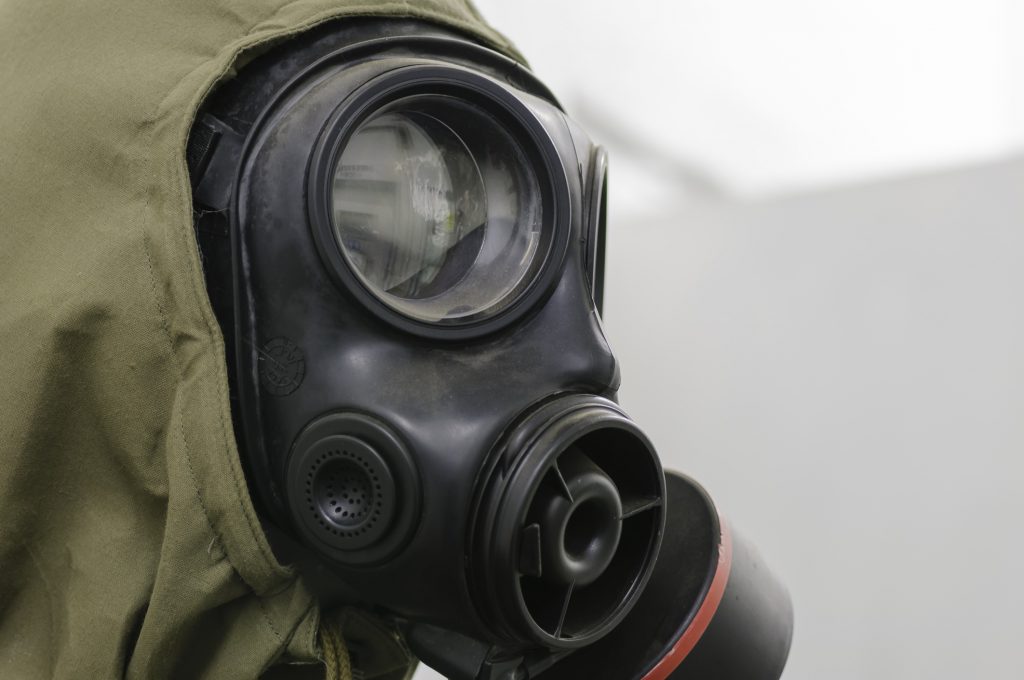Disaster films depict the story of impending or an ongoing disaster as its main plot focus. These disasters can include anything from natural disasters, disease outbreaks, alien invasions or shipwrecks and aeroplane crashes. Disaster films are considered to be a subgenre of action films, and the film will usually feature some kind of build-up to the disaster, the disaster itself and sometimes the aftermath, often from the point of view of survivors.

The 1970s
Disaster films are one of the earliest genres within the silent film era, with films like Fire! (1901), and In Nacht und Eis (1912), which is an early film about the sinking of the Titanic – which would go on to become a popular story for the disaster genre. However, the 1970s saw the genre’s golden age, starting with the release of Airport in 1970.
The film was not strictly a disaster film – the central plot focused on an aeroplane crippled by an explosion of a bomb – but it featured many of the disaster tropes we would later associate with disaster films, such as multiple running plotlines. Airport was a huge financial success and went on to be nominated for ten Academy Awards.
1972 saw the release of The Poseidon Adventure, another commercial success with many Oscar nominations. The film detailed survivor’s attempts at escaping a sinking ocean liner that was overturned by a giant wave. More disaster films followed with the likes of The Towering Inferno (1974), Earthquake (1974) and Airport 1975 (1974).
The genre burnt out towards the late 1970s when disaster films like The Swarm (1978), Meteor (1979) and Beyond the Poseidon Adventure (1979) performed poorly at the box office, signalling a declining interest in the disaster film genre.
Apocalypse Films
A popular sub-genre of disaster films are films based around an apocalypse. These films often feature some kind of worldwide disaster that has wiped out most of humanity; a zombie apocalypse is a popular type of apocalypse.
Popular disaster/apocalypse films include Mad Max: Fury Road (2015), World War Z (2013), Zombieland (2009), Bird Box (2019), 28 Days Later (2002), Dawn of the Dead (2004), and the parody version, Shaun of the Dead (2004).
Natural Disasters
However, most of these kinds of disaster films choose large-scale disasters that have yet to have been experienced on earth, or certain disasters that would be scientifically or physically impossible to occur in real life. Other films of this subgenre may take inspiration from real-life historical or biblical disasters.
Films that belong to this sub-genre of disaster films include 2012 (2009), The Happening (2008), The Day After Tomorrow (2004), The Quake (2018), and Pompeii (2014).
Alien Invasion
In the 50s, it’s claimed that post-war paranoia from the Cold War, as well as supposed UFO sightings around this time, ushered in a golden age of alien invasion films, such as The Man From Planet X (1951), It Came From Outer Space (1953) and the screen adaptation of H.G. Wells’ The War of the Worlds (1953).
Their popularity dwindled somewhat in the following decades, with just the occasional big hits like Invasion of the Body Snatchers (1978), until alien invasion films came back explosively in the 2010s, with films like Monsters (2010), Attack the Block (2011), The World’s End (2013), Pacific Rim (2013), Battle Los Angeles (2011) and Cowboys & Aliens (2011).
Disaster films have risen and fallen in popularity over the years, but as we head into a new decade, we could see even more disaster-themed films cropping up, especially with the world’s consciousness focused on the impending environmental disasters predicted for the near future that could provide some real-life inspiration.
